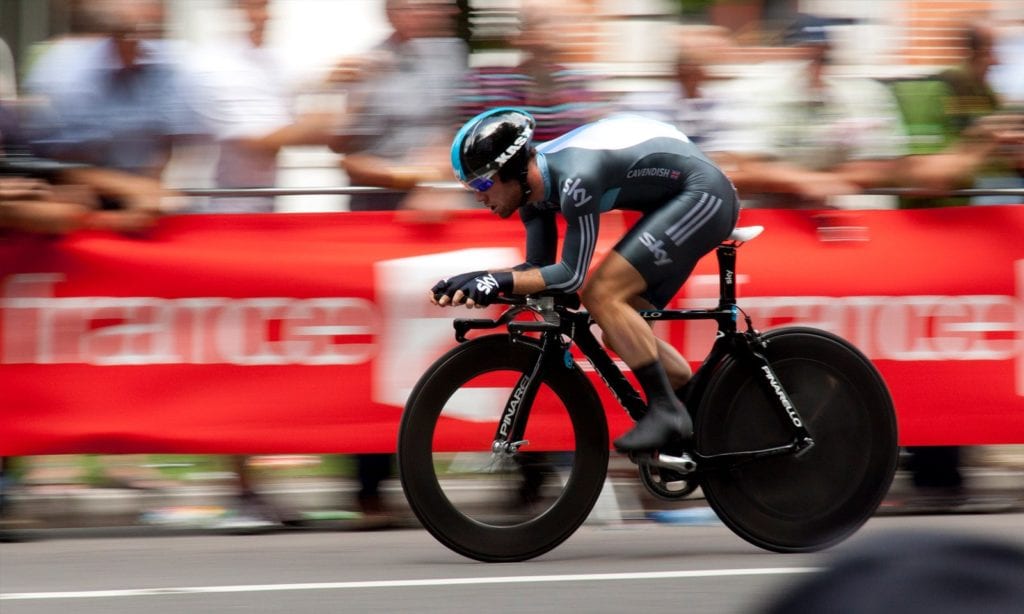How Should Cycling Shoes Fit?

Introduction
Having the best cycling shoe you can get will have little meaning and all the benefits of having a specialised shoe will be lost, if they do not fit properly. Knowing how to set up your cleats, as the cleats come with the pedal and not the shoe, and how to size your shoe is important to get the best out of your cycling shoe.
How to set up Cycling Shoes?
Clipless pedals let you ride a lot more easily and efficiently that the old platform pedals used to. The cleats on the bottoms of your shoes will attach themselves to the pedal so that you will not have your foot slipping off the pedal as you press down on the down stroke and also help you to get a more powerful upstroke. The cleats on cycling shoes are not attached to the shoe itself, but to the bike and therefore you will need to attach the cleats to your selected shoes, if you are wanting a specific type of cleat, you will need to select the right pedal to go with them.
First thing you need to do is to get the right size of cleats. This will vary depending on whether you have road or mountain bike pedals. Mountain bike shoes are generally smaller and are embedded into the shoe, or recessed. The reason for this is to prevent the cleats from getting clogged up with debris or mud as you walk or push your bike over the most difficult portions of the trails that you ride. Road bike cleats on the other hand have a much wider surface area, this allows you to have more powerful pedalling power.
They are a lot larger than mountain bike cleats and they tend to protrude out of the shoe, making them difficult to walk in. Due to the differences in the cleat systems, it is important to select the right shoes to compliment them, so if you are going to be riding on the road, you need to select a road cycling shoe and the same for mountain bike cleats. Setting up your mountain bike shoes and attaching the cleats is quite simple. Every pair of shoes should have two holes that match up with the holes in the cleats.
To attach the cleats simply place them on the bottom of the shoe, line up the holes nearest the toes and using a hex wrench, tighten until very snuggly attached to the shoe. Attaching your road cycling cleats is just as simple, although they usually have three holes to match the three holes in the bottom of the shoes. You will line up the holes and again bolt in the cleats. Most brands are the same in the way they attach and they can attach to both left and right shoes. It is important to adjust the cleats to be as comfortable as possible.
They should sit on the ball of your foot as this is what you will be using to pedal. You should not have to change the way you sit on the bike to be able to pedal with the cleats, in order to test the way they sit, sit on your bike and using it in the trainer mode, use the pedals a few times. All the power should be focused on the centre of your foot. You should not experience any knee or ankle pain when pedalling, if you do, you need to adjust the cleats.
To do this you reposition the cleats on the bottom of the shoe by either shifting them forward or back, or even to the left or right. The changes will be small and you may have to change a couple of times as you get used to them and find the ultimate position for the maximum benefit.
How tight should Cycling Shoes Be?
A well-fitting cycling shoe should be quite tight, fitting snuggly in the heel without putting excessive pressure on the instep. The shoe should offer a bit of toe room at the end so as not to pinch or restrict the toe movement.
The aim of cycling shoes is to keep your forefoot stable, to give it the power you need to be able to pedal hard, therefore there is a fine balance of tightness and wiggle room that is required.
 Most cycling shoes will not stretch over time, this is the way they are designed, so it is important that when fitting them, they are comfortable from the start and fit your foot like a glove without constricting it in any way.
Most cycling shoes will not stretch over time, this is the way they are designed, so it is important that when fitting them, they are comfortable from the start and fit your foot like a glove without constricting it in any way.
If your toes come into contact with the toe cap as you pedal, your shoe is a little too small and you will need to get one size larger to get the right fit in that shoe.
Some shoes will be longer or wider than others so it is important to test the shoe properly when deciding which one to choose.
Ensure that you fit your shoes after work, or after a work-out, this is because your feet will swell slightly during the day and you need a shoe that is going to be comfortable all the time, testing the shoe at the end of the day will give you an indication of how it will fit after or during a long ride.
Do Cycling Shoes Run Small?
Some brands of cycling shoes tend to run small and require you to size up when selecting the correct pair. Most however will run true to size, fitting snugly, though not tightly. If you feel that your toes are making contact with the toe-cap when you apply your full weight to them, then the shoe is too small for you and you need to size up to the get the right fit.
Conclusion
It is not only having the right shoe for your style of riding be it mountain biking, spinning or road racing, it is having the right fit that will make all the difference. If your shoe does not fit correctly, you will not be able to get the power you need to pedal hard and you will not be able to tap into the benefits of having a specialised cycling shoe.